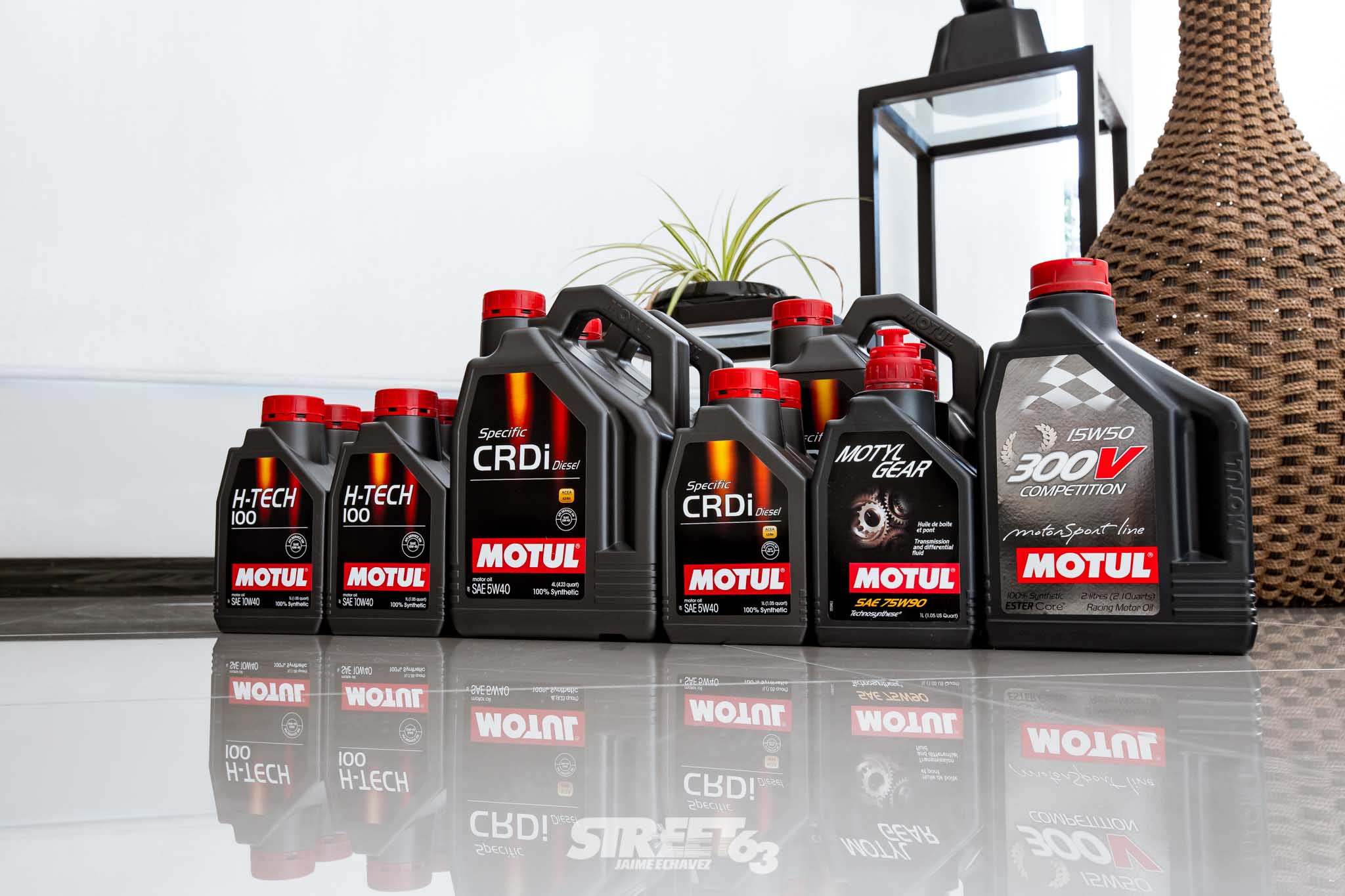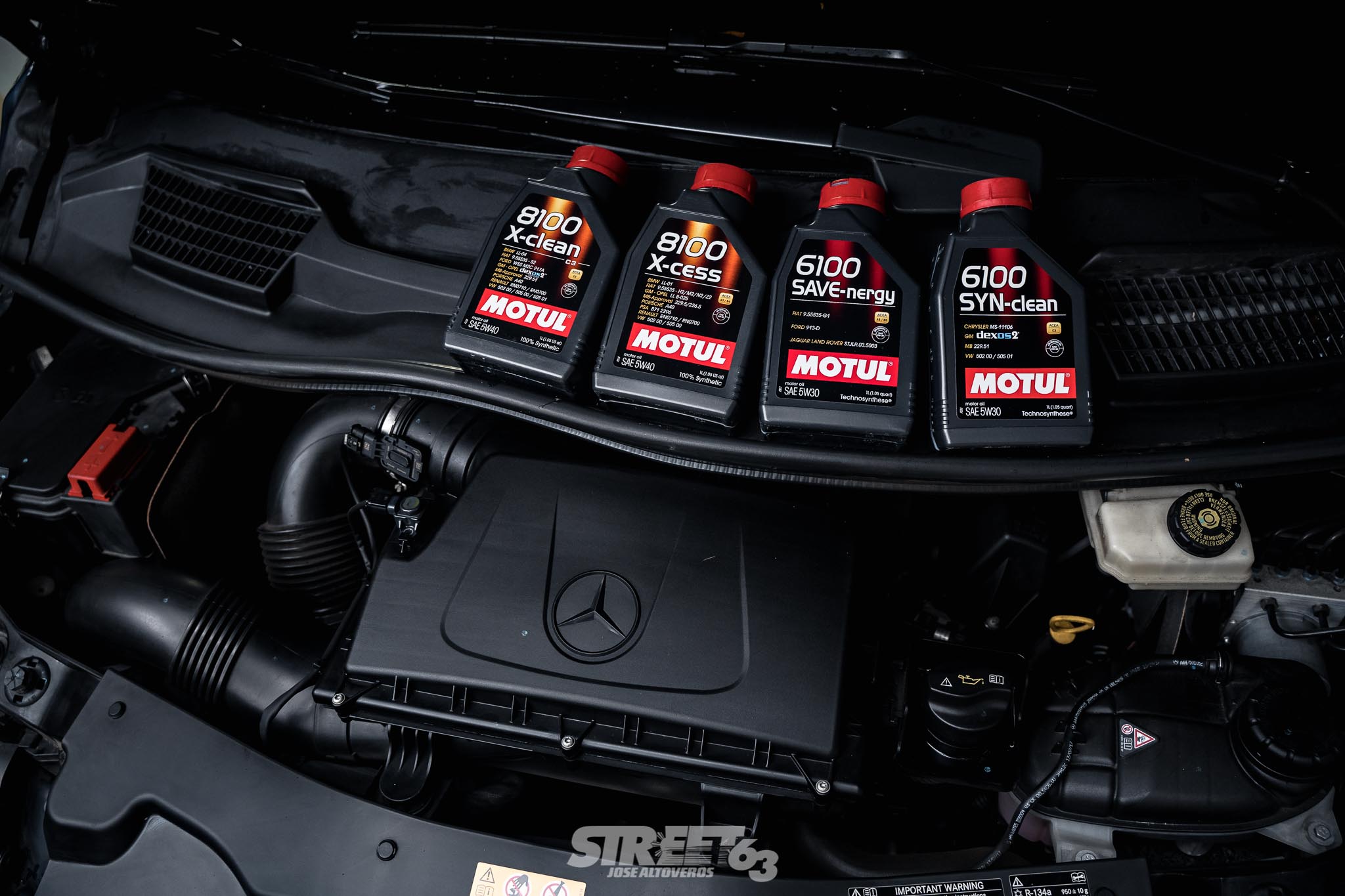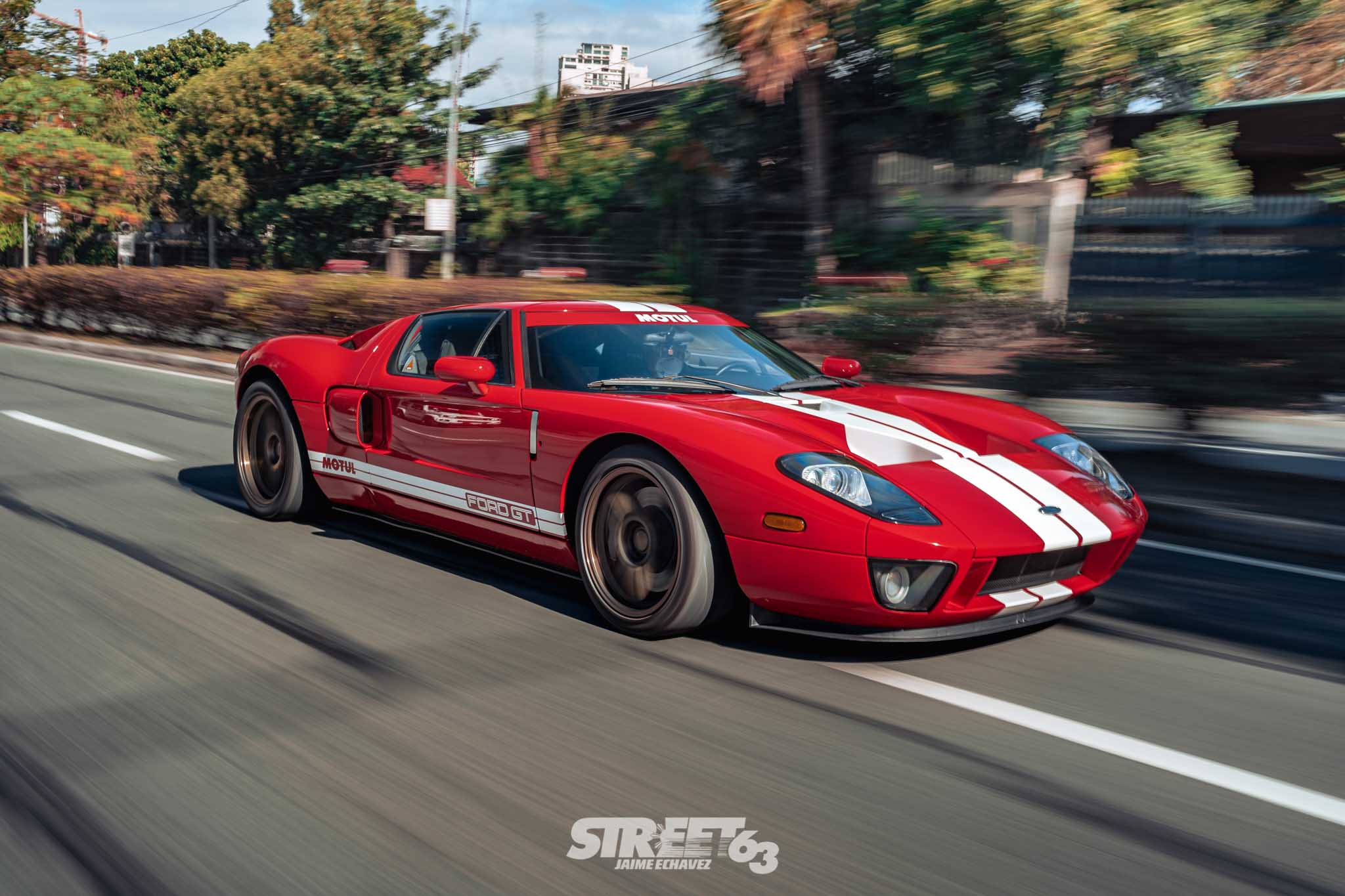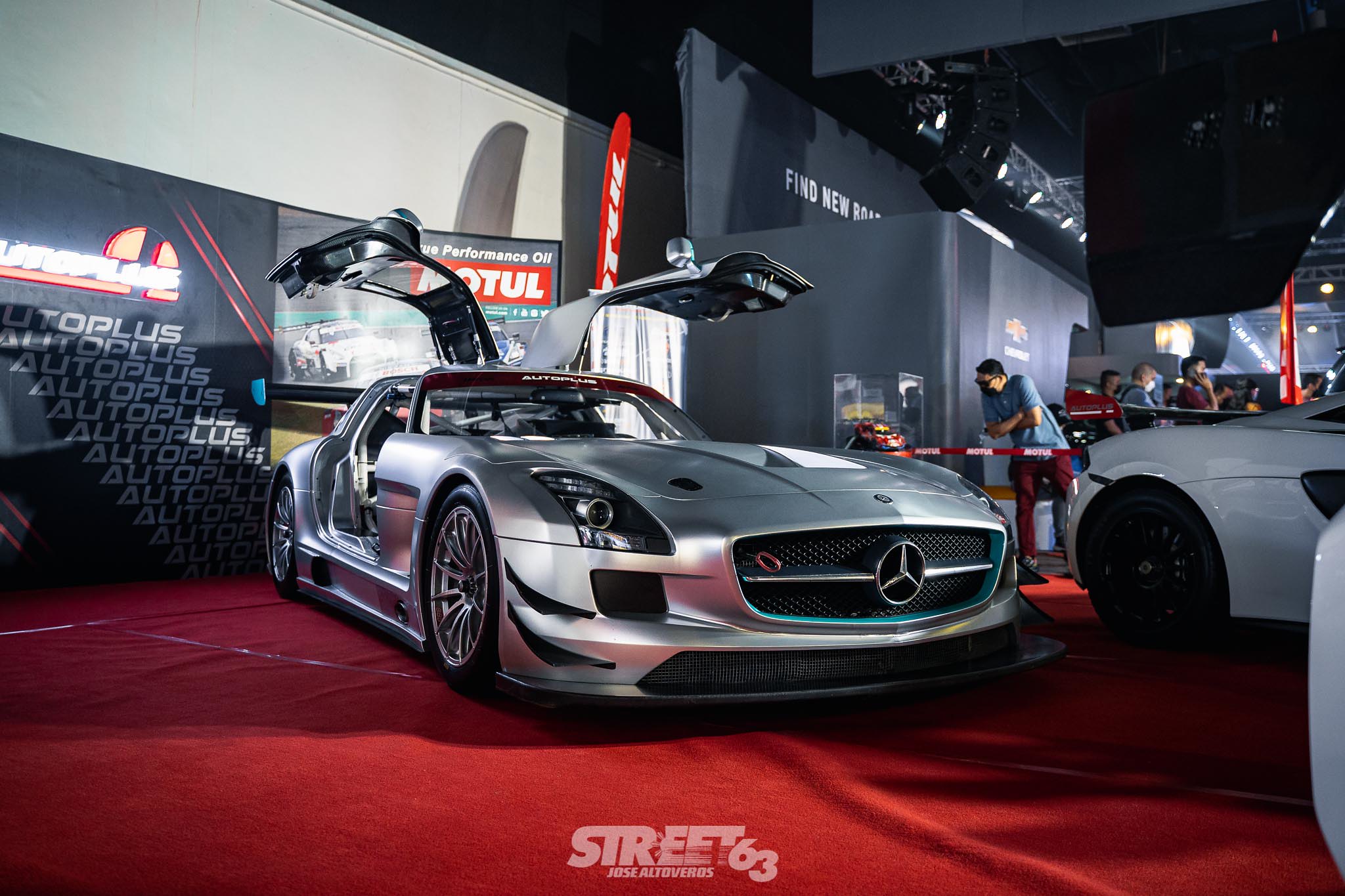Spare us the Snake Oil: Common Misconceptions About Motor Oils
We often take for granted what goes into some of our frequently used products in life. Be it our food, health products, or random consumables, we always tend to forget all the research and development that took to get those products into our households. For cars it’s pretty much the same thing, we all but forget the century-long technological revolution that took place to be able to give us faster propulsion to cover more ground in a shorter amount of time. One of the cornerstones of the internal combustion engine is the oil that keeps its metal parts lubricated – and often we care less about the oil that goes into the motor once it’s flushed in there and out of sight.

If you’re keen on prolonging your motor’s service life – be it modified or not – it pays to pay attention to finer details; Like say, the kind of oil that goes into your car. These days you will often find that some oils have stronger marketing than they do actual performance, so it’s best to really double and triple check what oil will work for your vehicle. Thankfully we have the folks from Autoplus Sports Center and Motul Philippines to talk us through some of these ‘marketing spiels’ or ‘misconceptions’ that the average consumer might fall for:

1. “Fully Synthetic” vs “100% Synthetic”
Synthetic oils are a relatively new technological advancement in terms of lubrication. Higher thermal stability, doesn’t break down as quick as conventional mineral oil, and retains its viscosity for longer work cycles. It is effectively advantageous by almost all counts aside from being more expensive, yet there’s no question that it would work for your vehicle.

See, normally you would think the two terms above would be understood as “the contents of the bottle being all comprised of synthetic oils” but what goes on behind the scenes would state otherwise. Apparently, western advertising policies allow the oil to be called ‘Fully Synthetic’ once the oil in question reaches 70% synthetic content. Therein lies the difference of some oils being cheaper despite still being called ‘Fully Synthetic’; It’s because there’s still a percentage of it that’s made up of mineral oil.
According to Motul Philippines, here’s the basic rundown of oil nomenclature relative to percentages of actually being synthetic:
Synthetic Oil: 50% comprised of synthetic material
Semi-Synthetic Oil: Above 50% comprised of synthetic material
Fully Synthetic Oil: 70% or higher
100% Synthetic Oil: 100% comprised of synthetic material

Should you be looking for 100% Synthetic Oils, Motul’s main lineup is comprised of true 100% synthetic material, with their semi-synthetic line falling under the easily distinguishable Technosynthese line.

So the next time you see oil that is called ‘Fully Synthetic’, ask yourself if it’s really worth the price considering it might not be purely synthetic oil.
2. Changing oil is unnecessary for seldomly used cars
“Ran when parked, changed the oil before leaving it” or so the used car ad says. Like most things in life, motor oil is ultimately a consumable product – it will always have shelf life regardless of whether or not it’s put to use. When oil is not in use, whether it’s synthetic or not, it will build up moisture over time and will eventually mix with the oil. If you listened in science class, oil and water DO NOT mix, and you wouldn’t want that happening inside the engine. Motul Philippines recommends a minimum change oil interval of 1 year for cars that see seldom use, regardless of mileage.

Your service manual may recommend a service interval change of 5000km, but usually there is also a ‘time’ caveat attached to it as well. Do take note as well that oil may have a ‘shorter’ service life relative to mileage locally considering the engine still runs in stop-and-go traffic. 5000km of highway miles is different from 5000km of stop-and-go traffic, the latter may be more stressful for the engine considering engine running hours.

3. Not using your car for a long time will destroy the motor
This is sort of the flipside of the previous myth, and was actually somewhat of a fact back in the 80’s when oil had inferior quality. There would be cases wherein cars that have been left unused would be cranked alive – only to have something inside the engine knock. And believe us, that’s the worst knock knock joke you’d ever want to hear. The cause of this was oil settling at the bottom of the pan completely, leaving all the pistons and cylinders without any lubrication at all. These days oil has come a long way, and with tricks like Motul’s Ester Core technology, the oil now lines all metal surfaces with film that leaves it lubricated even after it has been left alone for a long period of time.

Motul Philippines’ head honcho Carlos Gono has a particular story to share about this:
“I had a friend whose Ford GT who was on the way to ETON when the transmission freeze plug popped out and all the oil came out. He managed to drive it from Skyway-ETON-Skyway-BGC (breakfast) and to Autoplus on the next day. - The transmission only failed 200m from Autoplus after that long distance with 0 oil in the transmission.”
So, while it’s obviously a bad idea to run your vehicle without any oil there’s that bit of insurance in place thanks to advancements in oil technology. These days, so long as you put quality oil in your engine (and transmission), leaving the car alone for long periods of time should be okay.

4. Following recommended oil viscosity in the service manual
With this point, if you don’t know what you’re doing when it comes to specifying oil you’d best follow the service manual for the ideal viscosity. Thing is, there are a few other variables to consider when you’re more meticulous about the health of your engine. For starters, the recommended viscosity in the manual may not account for our tropical climate. If there is a particular recommendation on your car’s service manual for tropical climates, it will likely be a notch higher than the originally recommended viscosity. If not, it’s worth considering to bump up viscosity by one level for added protection. So if say the recommended grade is 5w-30 for four-season climates, 10w-40 may work better for tropical climates where the oil is subject to more heat.

It needs to be said the recommended viscosity might also depend on the year model of your car. In a nutshell, more modern vehicles need thinner oil vs. older cars. Older diesel cars for example have bigger machine gaps/clearances in the engine and they rev really low (i.e. 4000rpm) so you needed thicker viscosity oils for engines like that. Nowadays though Common Rail Direct Injection (CRDI) diesel engines have transitioned a lot and rev much higher so you need a finer oil to reach all of the machine gaps in the engine which are much finer than what they were.
Generally speaking though, Motul Philippines recommends not going below 30 weight oil for our climate. In most high performance motors they tend to avoid putting oils like 0w-20 because it might break down easier with the extremely hot temperatures we’ve been seeing over the summer lately.

5. Not all ‘Synthetic’ oils are created equal
Much like our first point, being called a ‘synthetic oil’ doesn’t instantly guarantee optimum performance. With so many brands out there sprouting up left and right, it’s easy to trip into the pitfall of good marketing and sub-par products. There are plenty of brands that blend oil to minimum standards without staying up to date with specific performance ratings such as API ratings or GL ratings for gear oils and/or transmission/driveline related fluids.

In this case, it pays to do your research on which reputable brands have a good track record in terms of motorsports history as well as investment in R&D and their transparency with such developments. All of these will go a long way in terms of acting as insurance for your vehicle’s system’s health in the long run.

With these common misconceptions put aside, you are now one step closer to knowing what you’re actually putting into your vehicle. Just like our bodies, cars will also stay reliable or deteriorate faster depending on what you put in them – and lubricants and fluids are a key part of that. Cars can be complicated, but in this case knowledge is power.
Words by Aurick Go
Photos by Jaime Miguel Echavez, Jose Altoveros



















